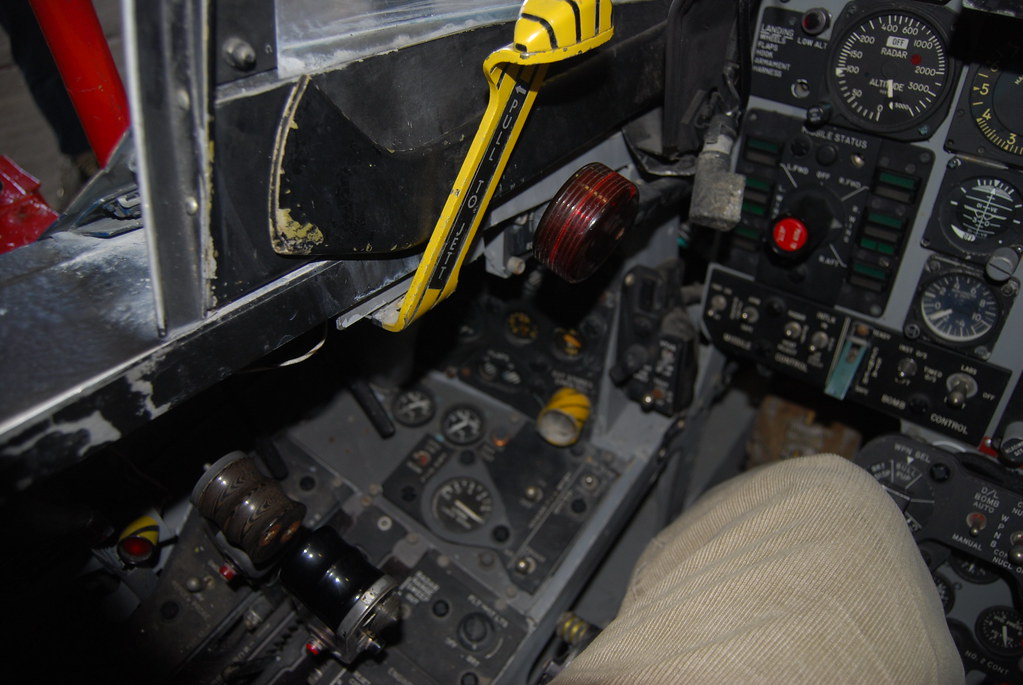

It was transferred to The Museum of Flight following its retirement in 1994. After its active Air Force duty, this Phantom served with the 123rd Fighter Interceptor Squadron of the Oregon Air National Guard for nine years, flying air defense missions from Portland International Airport. Titus and First Lieutenant Milan Zimer (2). Kjer (1), and Lieutenant Colonel Robert F. Two crews were responsible for these aerial victories: Major Robert D. It is depicted as it appeared in May 1967 while flying with the USAF 389th Tactical Fighter Squadron of the 366th Tactical Fighter Wing, when this aircraft shot down three North Vietnamese MiG-21 aircraft. The Museum's F-4C was built in 1965 and served in Vietnam. Up to three external fuel tanks provided additional range. It carried four AIM-7 Sparrow air-to-air missiles and was also capable of delivering multiple air-to-ground ordnance packages, including guided and unguided missiles and bombs.
F4 PHANTOM COCKPIT TOUR FULL
Differences included full dual controls, low pressure tires and deeper wheel wells, anti-skid braking, revised radar systems, and a refueling boom receptacle. The F-4C version was developed specifically for the Air Force and was externally similar to the Navy F-4B, including the tailhook. McDonnell produced 5,068 Phantoms in many variants, and numerous versions were produced for foreign governments. It became the standard by which all other fighters were judged until superseded by the McDonnell-Douglas F-15 and General Dynamics F-16 in the late 1970s. As the preeminent American combat aircraft of the 1960s, it fulfilled the roles of interceptor, air superiority fighter, tactical bomber, and reconnaissance aircraft. Soon, its remarkable capabilities led to adoption by the Air Force and Marine Corps as well. JMilitary Aviation David Cenciotti Helmet camera provides a unique point of view of the arrival at the 2016 EAA AirVenture airshow in Oshkosh, Wisconsin, of one of the last U.S. The result was a world-class fighter with exceptional performance.įollowing first flight in May 1958, the F-4 was selected by the U.S. It incorporated a second crew station for a dedicated radar intercept officer, two General Electric J79 afterburning turbojets, and an all-missile armament in the form of four radar-guided Sparrow missiles. Begun as a derivative of the McDonnell F3H Demon in 1953, the Phantom II evolved over the next two years into a significant new design. The F-4 Phantom II is one of the most important fighter aircraft of the jet era.


 0 kommentar(er)
0 kommentar(er)
